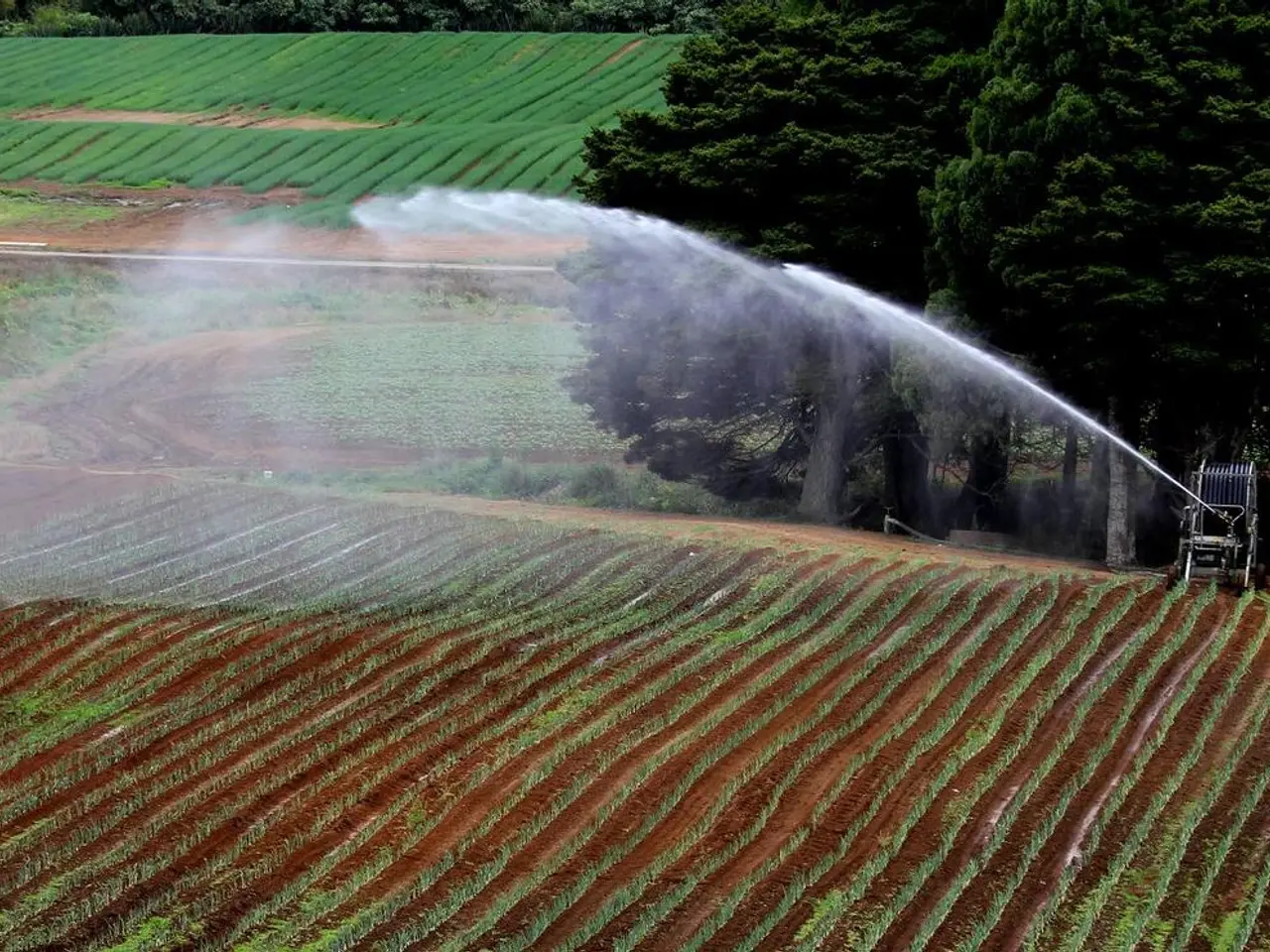Importance of Biodiversity in Permaculture: Its Significance Explained
In the heart of Nepal, a movement is taking root that's transforming the lives of villagers and the health of the environment. The Jajarkot Permaculture Programme, active since 1988, has been instrumental in Mid-West Nepal, helping 150 villages under the guidance of the Nepal Permaculture Group (NPG). Across the border in India, in the bustling city of Bangalore, permaculture is also gaining traction as a key to farming's future.
Permaculture is a holistic solution that leverages ecosystem services and promotes resilience, making it a crucial tool in addressing environmental challenges like climate change and biodiversity loss. At its core, permaculture focuses on biodiversity, supporting a wide range of species and habitats. This approach aids pollination, pest control, and water regulation, boosting ecosystem services.
Permaculture farms are a symphony of life, with a mix of annuals, perennials, and native species. This diversity supports a variety of wildlife and attracts natural predators, reducing the need for chemicals. In fact, a farmer in Nepal reported an increase in rice production from ten to twelve hundred KGs without additional costs, demonstrating a significant improvement in yield.
The principles of permaculture biodiversity offer a path forward for addressing environmental challenges, enhancing soil health, supporting biodiversity, and contributing to the overall resilience of food systems. Features like hedgerows, woodlands, and wildflower meadows provide habitats for various species, enriching biodiversity indicators and species richness.
With over 2,000 permaculture demonstration sites and thousands of practitioners worldwide, the momentum for permaculture biodiversity is growing. The Himalayan Permaculture Center, for instance, works with 850 households, showcasing how permaculture can help communities.
By embracing permaculture, we can cultivate diverse, resilient, and regenerative food systems that meet the needs of both people and the planet. Permaculture designs aim for self-sustaining, holistic systems that use natural processes and add many species, making systems more stable and resilient.
Fostering permaculture biodiversity can enhance food security, mitigate climate change, and restore the natural balance of our ecosystems, leading to a more resilient and equitable food system for all. As we face complex environmental challenges, the continued expansion and mainstreaming of permaculture principles will be crucial in unlocking the potential for sustainable agriculture.
Read also:
- Overcoming Yielding Regulations Hurdles in Indian Export Sector for EU Markets
- Shaping production and consumption tendencies via cosmetic certification
- Health care professionals targeted in a shooting incidents, a pattern of hostile actions against health workers continues to unfold, with many observing this trend as unremarkable.
- Transgender individuals' journey towards aligning their gender identity: Key aspects







